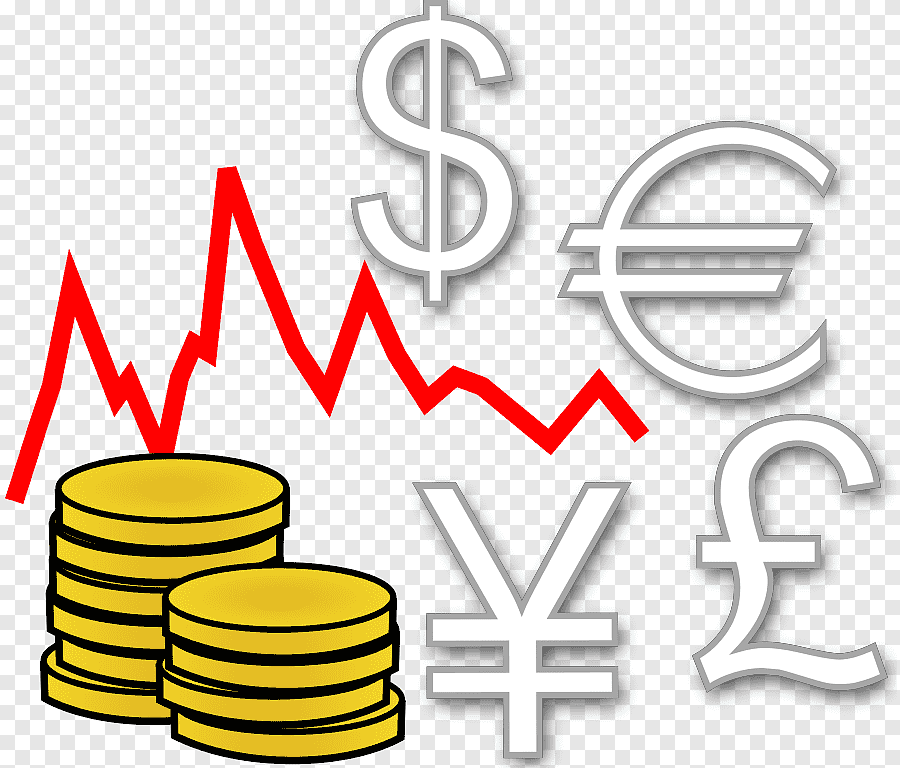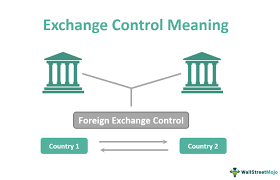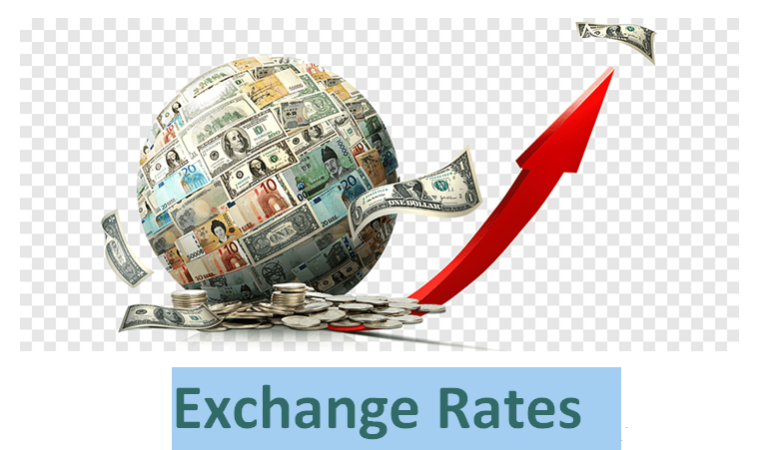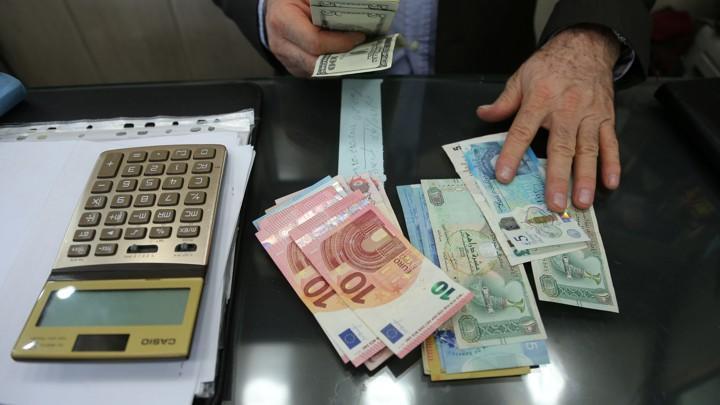Introduction
In the increasingly integrated global economy, exchange rates are crucial because they affect financial flows, investment, and international commerce. The dynamic component that reflects market sentiment, policy actions, and economic health is the value of a nation’s currency in respect to other nations. This article delves into the complexities surrounding exchange rates, investigating the variables that influence their swings and analyzing their significant influence on the world economy.
Understanding Exchange Rates
The value of one currency represented in terms of another is the fundamental component of an exchange rate. The foreign exchange market, which is where currencies are purchased and traded, determines this ratio. Exchange rates are quoted in pairs, where the base currency is one and the quotation or counter currency is the other. For instance, the euro is the base currency and the US dollar is the counter currency in the currency pair EUR/USD.
Factors Influencing Exchange Rates
Exchange rate variations are a reflection of the economic dynamics both inside and between nations, and they are caused by a number of reasons.
- Interest Rates: Interest rates are determined by central banks and have a big influence on currency rates. Foreign money is drawn to higher interest rates, which raises demand for the currency with greater returns. As a result, that currency gains value. In contrast, a decline in interest rates might cause the value of the currency to decline.
- Economic Indicators: Economic indicators that affect currency rates and investor confidence include GDP growth, employment rates, and inflation. A strong economy typically draws in foreign investment, which causes the value of the currency to rise.
- Political Stability: Investor confidence is largely determined by political stability. Politically stable nations are more likely to draw in foreign capital, which helps to boost their currencies. Depreciation of currency can be caused by political unpredictability or volatility.
Types of Exchange Rate Systems
Exchange rate regimes fluctuate between nations and are categorized into several systems according to the methodology used to calculate them. Exchange rates come in two main varieties: floating exchange rates and fixed (pegged) exchange rates.


Fixed Exchange Rates: Stability Through Pegging
A fixed exchange rate system links a currency’s value to a basket of currencies or to another major currency. To keep the set exchange rate in place, central banks operate in the foreign currency market. Establishing stability and predictability for global investment and commerce is the aim. But keeping a fixed rate necessitates ongoing involvement and can make it more difficult for a nation to implement independent monetary policy.
Impact on International Trade
Foreign commerce is significantly impacted by exchange rates, which also affect how competitively priced products and services are on the world market.
- Export Competitiveness: A country’s export competitiveness increases as its currency depreciates because it makes its exports more inexpensive for overseas consumers. On the other hand, an appreciation can raise the cost of exports and have an effect on trade balances.
- Import Costs: Exchange rates directly impact the cost of imported items. The cost of imports rises with a declining home currency, which might lead to inflation. On the other hand, a stronger currency benefits consumers by lowering import costs, but it may also have an impact on domestic sectors.
- Trade Balances: Trade balances are impacted by changes in exchange rates. A declining currency can help a nation’s trade balance by increasing exports and driving up imports. On the other hand, a growing currency might result in a trade imbalance.
Challenges and Opportunities
Exchange rates provide chances for economic growth and diversification even while they often provide obstacles..
- Export-Led Growth: Competitive exchange rates can lead to export-led growth in a nation, propelling economic prosperity. This technique has been especially effective for developing nations that take advantage of advantageous exchange rates to establish strong export industries.
- Tourism and Foreign Investment: Foreign investment and tourism are impacted by exchange rates. A country may become more economical to visit if its currency depreciates in value and draws in international visitors. Furthermore, assets depreciating in value may appeal to overseas investors more, attracting capital inflows.
- Currency Hedging: Companies that operate internationally frequently employ currency hedging techniques to reduce the risks brought on by swings in exchange rates. In the face of exchange rate volatility, hedging enables businesses to safeguard profit margins and preserve financial stability.
Global Implications of Exchange Rates
Changes in exchange rates in one nation can have an impact on economies all around the world due to the interdependence of the international economy.
- Global Financial Markets: Global financial markets are impacted by changes in exchange rates. Investors analyze risks and possibilities in different locations by keeping a careful eye on currency changes. Significant and abrupt changes in currency values can cause market volatility.
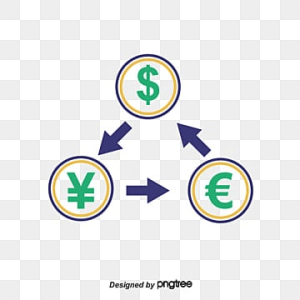
![]()
Conclusion
The global economy is woven together by the dynamic power of exchange rates. Their oscillations are a reflection of the complex interplay of market, political, and economic influences. In order to successfully navigate the complexity of international trade and finance, governments, corporations, and people must have a solid understanding of the dynamics of exchange rates.

